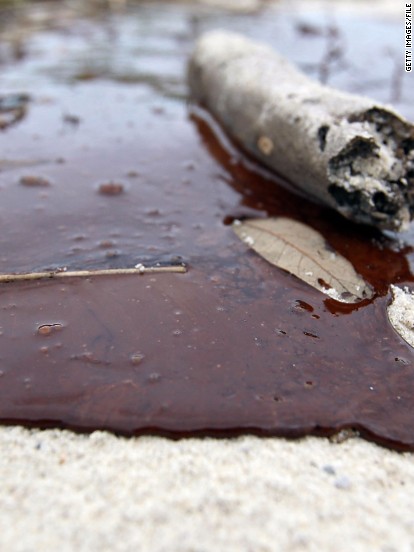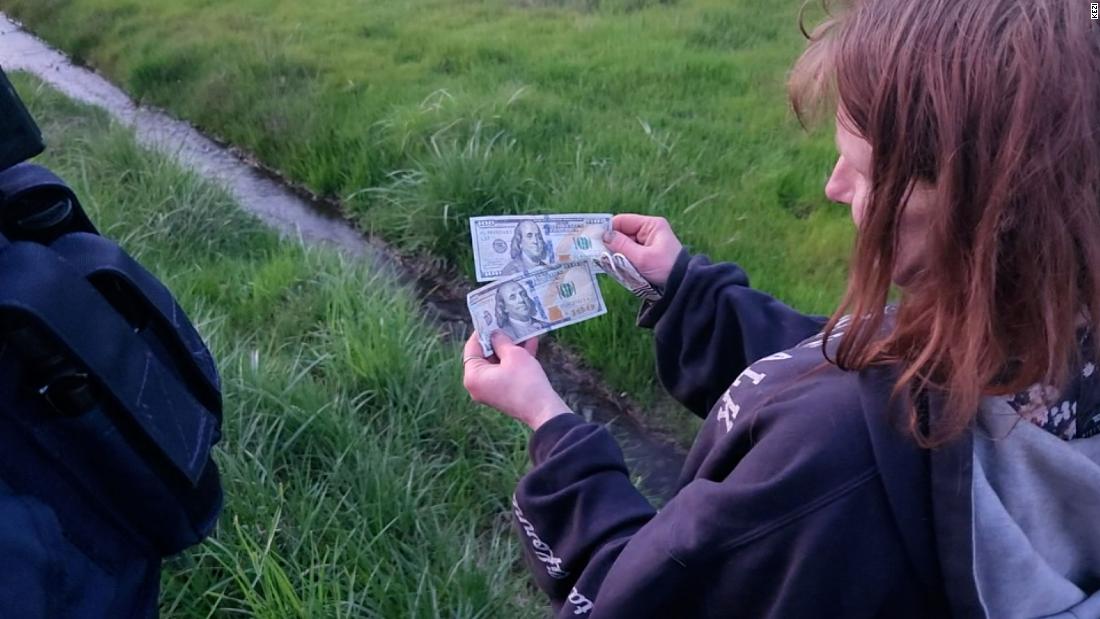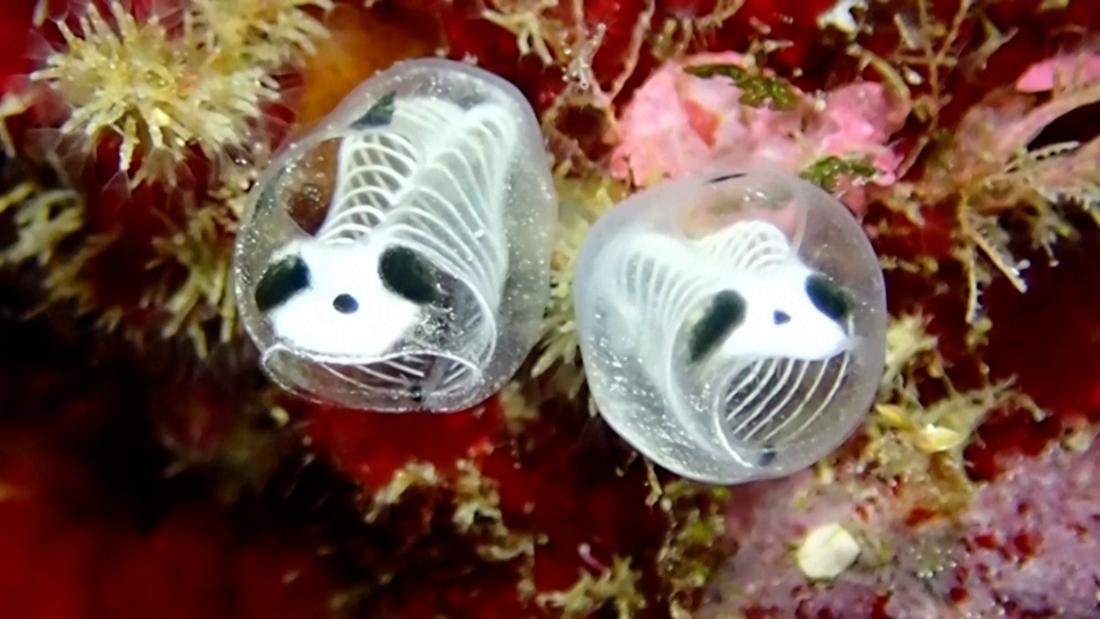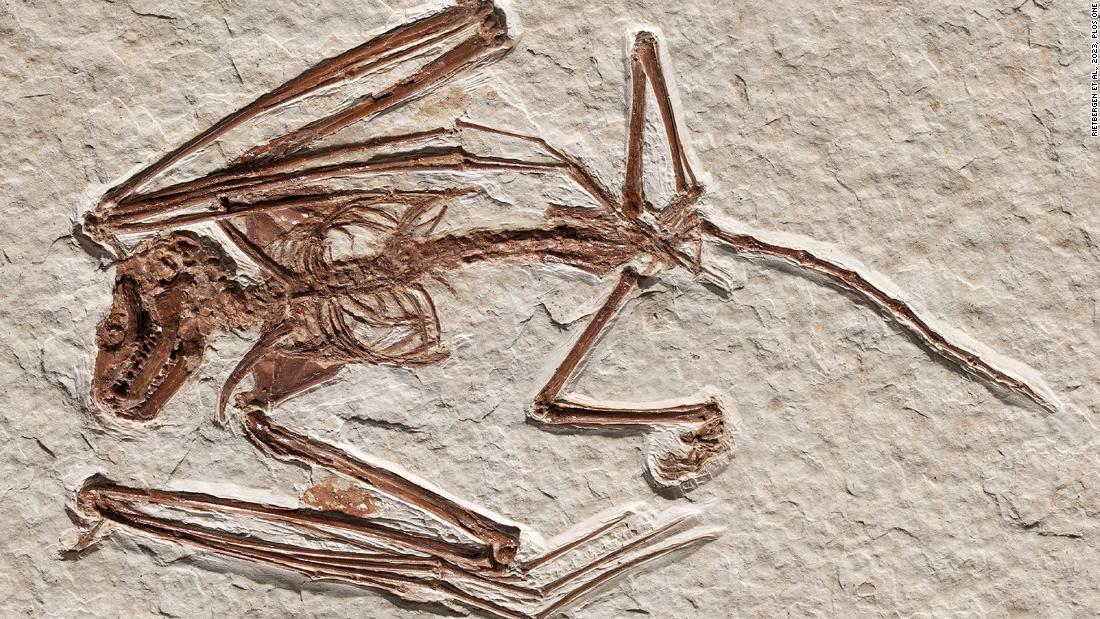A WACKY scientist has allowed the world’s deadliest snakes to bite him over 200 times to help create an “unparalleled” anti-venom.
Tim Friede has been injected by snake toxins over 850 times across his 18-year career and once even fell into a coma due to two cobra bites.
APTim Friede has been injected by snake toxins over 850 times across his 18-year career[/caption]
APTim has been working with a team of antivenom researchers to help come up with a life saving cocktail[/caption]
AlamyThe US man once fell into a coma after suffering two Egyptian cobra bites[/caption]
Snake venom kills up to 140,000 people each year and can leave over 420,000 people needing life altering amputations.
The cases remain so high due to their being no universal antivenom against all snakebites.
But after nearly two decades of death-defying work, Tim’s research may have finally paid off.
His antibodies have now been shown to protect against fatal doses from a wide range of dangerous species in recent animal tests.
The American initially allowed himself to be bitten to help further his career on YouTube where he handled a range of snakes.
He believed it would help him build up an immunity to protect himself when finding some of the world’s worst snakes.
His bizarre plan once left the former truck mechanic fighting for his life after two Egyptian cobra bites in quick succession left him in a coma for days.
Tim told the BBC he “didn’t want to die” and so when he awoke and was back to full health he used his second chance at life to help others survive.
He explained: “It just became a lifestyle and I just kept pushing and pushing and pushing as hard as I could push for the people who are 8,000 miles away from me who die from snakebites.”
His brave work was soon noticed by research teams who got in contact and asked to examine his blood.
The team of scientists were searching for a type of immune defence which had neutralised antibodies – something they believed Tim may have developed.
Dr Jacob Glanville, chief executive of biotech company Centivax, reached out to him and asked if they could take a blood sample for testing.
Tim soon agreed after he was told his body has been able to repel venom which would “normally kill a horse”, according to Dr Glanville.
The research focused on two families of venomous snakes which included coral snakes, mambas, cobras, taipans and kraits.
These reptiles use neurotoxins in their venom to paralyse their victim to the point where their muscles can no longer supply the body with enough oxygen.
Researchers handpicked 19 of these creatures which are considered as being among the deadliest snakes on the planet.
Soon after analysing Tim’s blood they uncovered two broadly neutralising antibodies that target neurotoxins, according to their work which is detailed in the journal Cell.
A third drug was later added to the antivenom cocktail before it was used on mice.
You Tube/ Tim FriedeTim holding a snake in his hands[/caption]
You TubeTim has been bitten by a snake over 200 times[/caption]
Out of 19 test subjects, 13 survived lethal doses of snake venom.
The remaining six were found to have partial protection against the poison.
Dr Glanville described the results as “unparalleled” in the current world of antivenom research.
He also believes this means the cocktail will likely cover a whole range of other snakes.
The team is now trying to see if they can add a fourth component to the drug mixture in order to offer full protection to venom.
Currently, testing has only been done on elapid snake venom which covers the two most common families of deadly snakes.
The other major snake types which contribute to global death rates are vipers.
Tim’s antibodies are really quite extraordinary – he taught his immune system to get this very, very broad recognition
Professor Peter KwongColumbia University
They use haemotoxins to attack blood cells rather than neurotoxins which target muscles – a key difference to elapids.
But Professor Peter Kwong, a researcher at Columbia University, believes the initial results prove that one day a complete antivenom will be discovered.
He said: “I think in the next 10 or 15 years we’ll have something effective against each one of those toxin classes.”
The ultimate goal is to create a single antivenom or discover two injections which cover elapids and vipers.
And Tim is planning on helping out for as long as he can.
He said: “I’m doing something good for humanity and that was very important to me. I’m proud of it. It’s pretty cool.”
Prof Kwong says his team owes Tim and the world a huge thank you for what he has put his body through for science.
“Tim’s antibodies are really quite extraordinary – he taught his immune system to get this very, very broad recognition,” he said.
The team are now preparing to test its antivenom cocktail in Australia on dogs who have been bitten by a snake.
AlamyA venomous European viper out in the wild[/caption] Published: [#item_custom_pubDate]














































































































